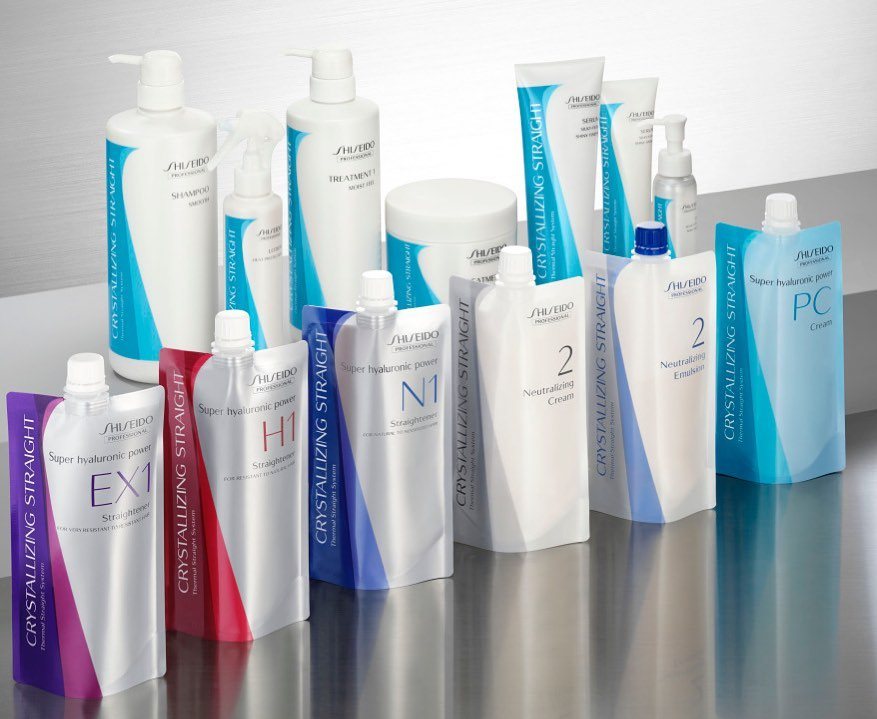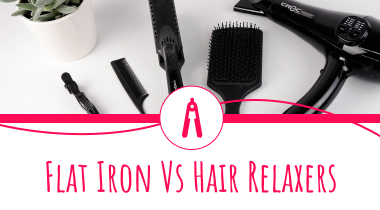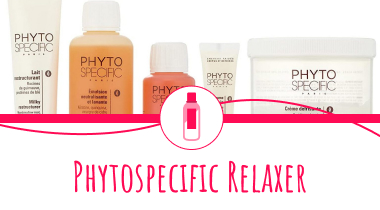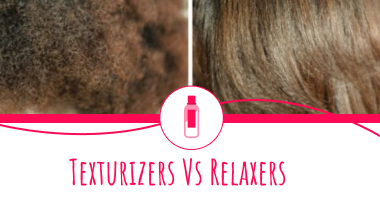Shiseido Hair Straightening 101 – All You Need to Know
Shiseido hair straightening is a type of Japanese Thermal Reconditioning system that is designed to hair your hair straight while preserving the hair strength. There are few other systems such as Yuko, Bionic, etc. and Shiseido is considered to be one of the best. This type of straightening is suitable for most hair types except for some types of African hair.
As the Japanese straightening process involved applying a high amount of heat to straighten the hair after washing out the straightening cream some types of African hair might not be able to withstand the heat due to their fragile nature. Your stylist should be able to determine whether the Shiseido hair straightening would be suitable for you.
What is Shiseido Hair Straightening?
Shiseido Crystallizing Straightener is a product that straightens the hair based on the Japanese thermal reconditioning technique. It comes with two sachets namely a cream-based relaxer and a neutralizer. The cream-based relaxer is made up of thio solution and the neutralizer is made of hydrogen peroxide or sodium bromate.
The Japanese thermal reconditioning is most suitable for Caucasian and Asian hair. It is an expensive and time-consuming process but the results are worthwhile as you get shiny silky straight hair.
Shiseido hair straightening should be performed by a specialist who is well versed in thermal reconditioning techniques. The reason being throughout the process the stylist should be monitoring you to determine when the straightening solution should be washed out.
Below is the brief outline of the Shiseido straightening process:
- The first step involves washing out your hair and conditioning it with a protein conditioner. It is necessary in my opinion in order to provide more tensile strength to the hair. You stylist may or may not perform this step based on the condition of the hair.
- Next, your hair is towel-dried and the straightening cream is applied. The straightening solution is a thio based one. Care should be taken so that the relaxer doesn’t come in contact with the scalp. This is the step in which the protein bonds are softened. The amount of time the straightening cream should be left on the hair should be determined by your stylist. The protein bonds can loosen anywhere between 15 minutes to an hour depending on your hair type. Once your stylist determines the protein bonds are loosened sufficiently the straightening cream is washed out from your hair. Care should be taken in this step not to over-process the hair. This is usually determined by the stylist by pulling your hair and analyzing it. Your hair should be stretchable and shouldn’t break.
- Now your hair is blow-dried completely. Now sections of the hair are taken and straightened using a flat iron usually in the temperature range of 160-200°C. During the straightening process, the hair proteins that had been softened using the straightening cream takes the new shape and form created by the flat iron due to heat. Since the physical structure of the hair is permanently altered through the application of heat it is referred to as thermal reconditioning. The straightening process may take up to 2 hours depending on the length of your hair.
- After the hair has been straightened using flat irons, a neutralizer is applied and left in the hair for about 5 mins to half an hour. The neutralizer might cool down the scalp that might have a bit of burning sensation from the straightening process.
- After your stylist examines the hair, the neutralizing solution is washed out from your hair. You should have smooth silky hair now.
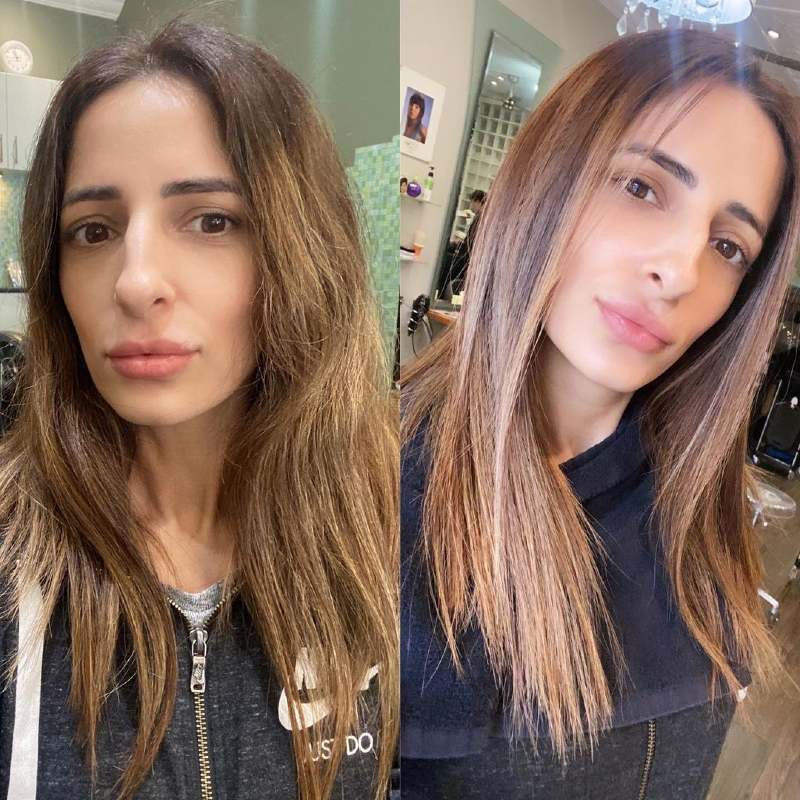
Shiseido hair straightening treatment before and after
Instructions after Shiseido straightening:
- Don’t wash your hair for 72 hours for best results;
- Condition the hair regularly in order to maintain the tensile strength;
- Massage your hair with oil before washing if you have a burning sensation in your scalp due to the flat irons;
- Cut out the split ends every 6-8 weeks;
- Due to the high heat applied using flat irons in the thermal reconditioning process some African hair textures might break and hence it is recommended mostly for Caucasian hair. There are other brands and home-based products available to do the above process. If planning to perform the straightening at home, make sure you get some help.
If you had done the Japanese thermal reconditioning process before, share your experiences below and specify which product brands you used.
Also read:
Table of Contents
ToggleAllyson Carter
Ally is a professional hairstylist with more than 6 years of experience, but hair has been her passion since early childhood. Here, at Hair Spies, she blogs about all things hairdressing, hair tools, and everyday hair care. Read more about Allyson here.
